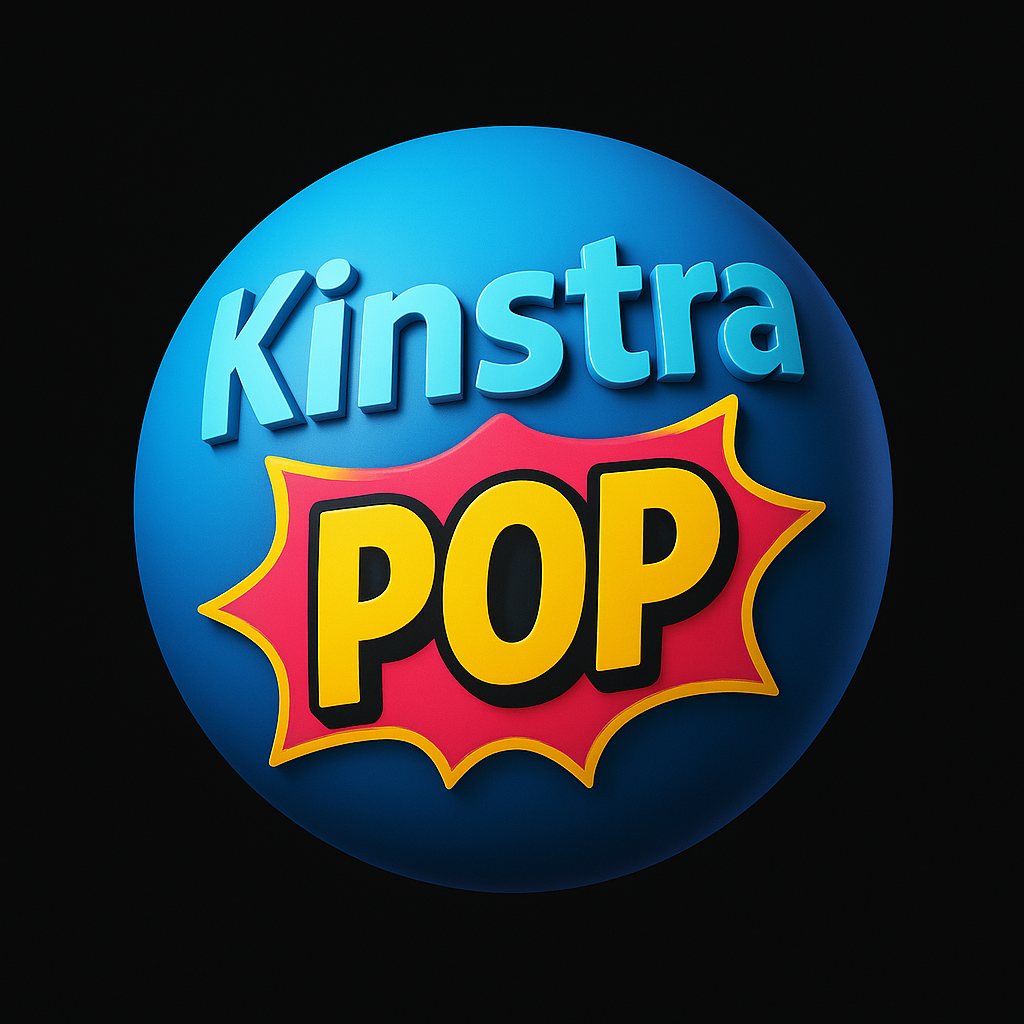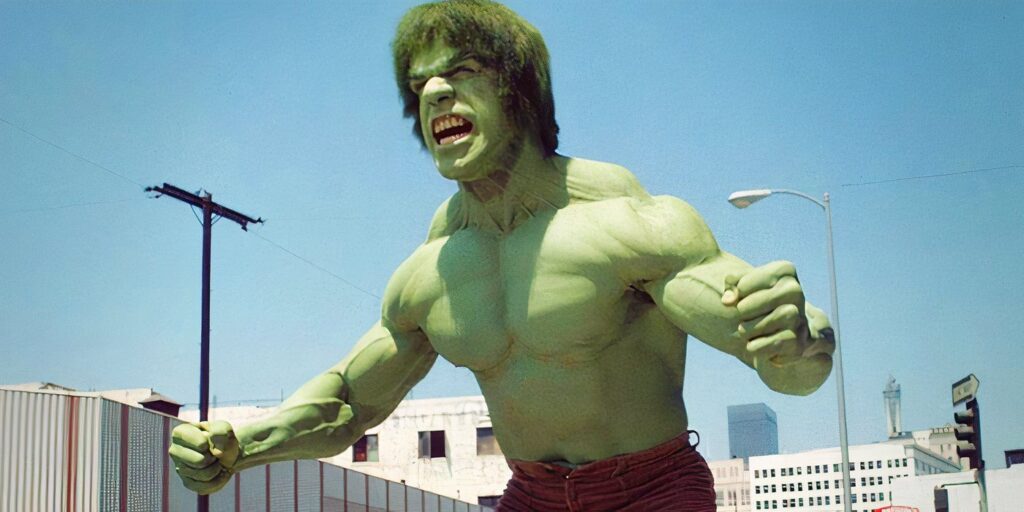The Hulk is one of Marvel’s most iconic and enduring characters, and, as a result, has turned up in some surprising non-superhero television series over the years. While most know him from comic books, animated series, and major blockbusters, the Jade Giant has smashed his way into some hilariously unexpected places. Whether he’s parodying himself, being used for comedic effect, or popping up as a surprise in entirely non-superhero settings, the Hulk has a legacy of cameos that go way beyond the Marvel Universe.
Since his 1962 debut, the Hulk has gone from tragic comic book antihero to mainstream pop culture staple. Most of his major appearances – like in the MCU timeline or animated Avengers shows – stick to superheroic storytelling. However, his real-world popularity has led to cameos that aren’t about expanding lore, they’re about using the Hulk as a symbol, a punchline, or even just a background gag. What’s fascinating is how often these appearances play on Hulk’s core concept: transformation driven by rage. Whether spoofed or reimagined, his outbursts resonate even in the most absurd settings.
8
Hulk Appeared In 6 Different Saturday Night Live Sketches
Played By John Belushi, Idris Elba, Chris Farley, And George Foreman
Saturday Night Live has featured the Hulk in six separate sketches over the years, often turning the raging superhero into comedy gold. From the very early days when John Belushi played a live-action Hulk in 1979’s “Superhero Party,” to the late-1990s when Dwayne “The Rock” Johnson played a Hulked-out Barack Obama. Other renditions depicted Idris Elba as Bruce Banner, transforming into an entitled white woman.
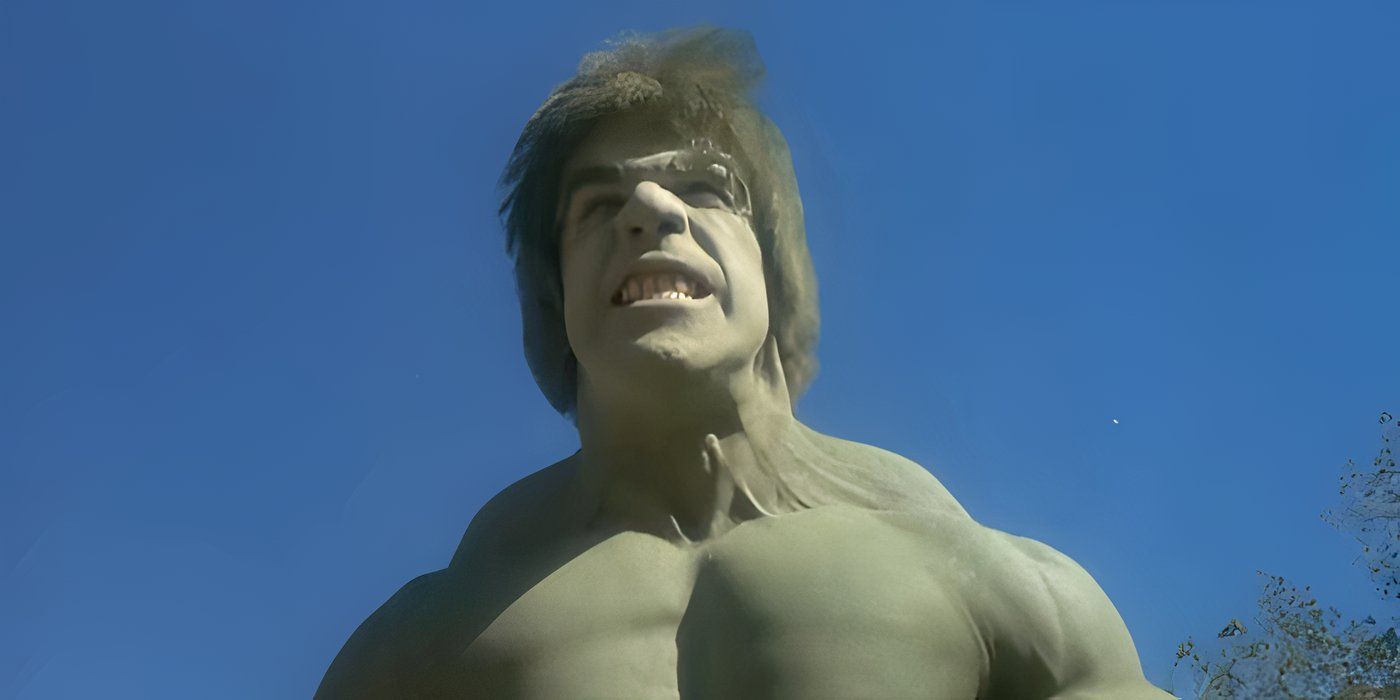
Related
8 People You Didn’t Know Played The Hulk
The Hulk became a huge pop culture icon, leading to several huge names donning the green paint to play him in spoofs and parodies over the years.
Chris Farley also played the Hulk, speaking eloquently at Superman’s funeral before getting angry. SNL doesn’t just spoof the Hulk’s strength – it riffs on his emotional volatility, his limited vocabulary, and his awkward presence in mundane settings. These sketches show how deeply the Hulk has seeped into the American comic consciousness—even when played for laughs on live television.
7
Attack Of The Killer Tomatoes Animated Series
Season 1, Episode 3
In a bizarre crossover moment from the 1990 episode “Tomato from the Black Lagoon,” Attack of the Killer Tomatoes had its own version of the Hulk – sort of. During a scene where hero Chad Finletter is waiting in an airport, he notices a man growing increasingly agitated by a delayed flight. As the man’s frustration mounts, he turns green, bulks up, and transforms into a raging, muscular creature, clearly a spoof of the Incredible Hulk.
The moment is brief, surreal, and completely unexpected in a series already filled with mutant tomatoes and absurd humor. While never named outright as the Hulk, the parody is unmistakable: it leans heavily into the classic “you wouldn’t like me when I’m angry” transformation trope. For a cartoon about sentient vegetables, sneaking in a nod to Marvel’s angriest hero was both hilarious and oddly on-brand.
6
Hulk Appeared In 2 Episodes Of The Simpsons
Season 20, Episode 1 & Season 13, Episode 18
The Simpsons has poked fun at nearly every pop culture icon imaginable, and the Hulk is no exception. In the season 20 episode “Sex, Pies and Idiot Scrapes,” two Marvel-inspired parodies appear: the “Mulk” and “The Thung,” who hilariously brawl in a public park while the real story unfolds in the background. The parody exaggerates the Hulk’s destructive tendencies while blending perfectly into the show’s chaotic Springfield landscape.
Yet the most memorable Hulk nod comes in “I Am Furious (Yellow),” where Homer, after trying to suppress his anger all day, finally explodes when he gets covered in green paint and rampages through Springfield, complete with tattered clothes and growling rage. It’s a direct homage to the classic transformation sequence and a perfect fit for Homer’s temper. Both episodes prove The Simpsons knows exactly how to spoof a legend.
5
Hulk Appeared In Several Episodes Of South Park
Season 11, Episode 12 & Season 16, Episode 12
South Park has never shied away from pop culture references, and the Hulk has been hilariously inserted into the madness more than once. In the Emmy-winning “Imaginationland” trilogy, the Hulk appears among an army of fictional characters summoned from humanity’s collective subconscious. Though only briefly shown, he fights alongside other icons in an absurd battle royale.
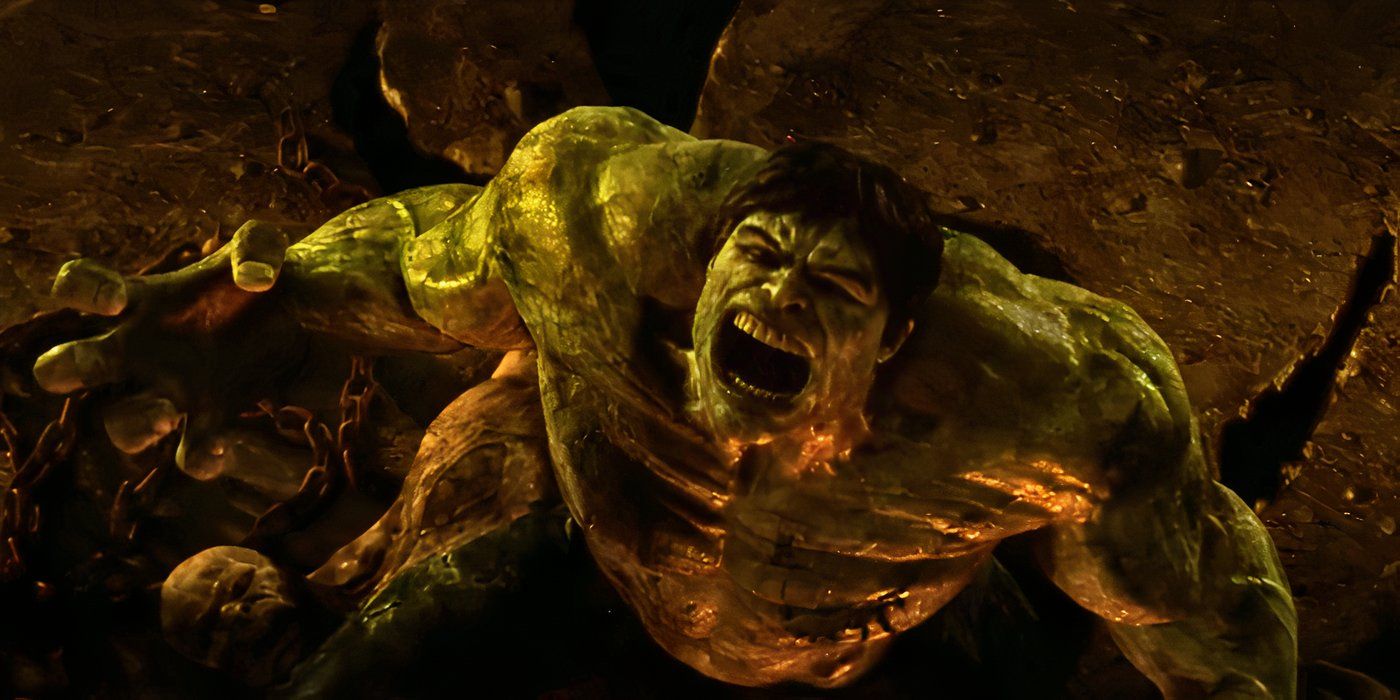
Related
10 Most Powerful-Looking Hulk Moments In The MCU
The Hulk is one of the strongest heroes in the whole Marvel Cinematic Universe, delivering some of the most brutal displays of strength.
Another bizarre Hulk nod happens in the episode “A Nightmare on FaceTime,” where Cartman dresses as the Hulk for Halloween. True to Cartman’s usual chaotic energy, he doesn’t just wear the costume – he adopts the persona with the same anger-driven outbursts, channeling Hulk’s fury into his usual manipulative schemes. These appearances are less about homage and more about satire, showing how the Hulk’s instantly recognizable image can be reshaped for crude humor, shock value, or just to spice up South Park’s cultural grab bag.
4
Hulk Appeared In Two MadTV Sketches
Season 3, Episode 17 & Season 9, Episode 19
MadTV delivered two memorably absurd Hulk parodies that pushed the boundaries of taste and satire. In season 3, episode 17, a skit features Will Sasso transforming into a tiny, oddly meek Hulk, portrayed by Alex Borstein. The gag plays on the juxtaposition of rage and ineffectual size, twisting Hulk tropes into pure comedy.
The weirder parody comes in season 9, episode 19, when Ike Barinholtz’s Bruce Banner tries to cure himself of Hulk transformations – only for the serum to backfire, turning him into a flamboyant, pink-skinned version of the Hulk (played by Paul C. Vogt). The sketch leans into campy exaggeration and uncomfortable stereotypes, reflective of MadTV’s often edgy humor. While not exactly subtle, both sketches exemplify how the Hulk’s transformation gimmick can be remixed for surreal and irreverent comedy, far removed from his superhero roots.
3
Amazing Stories (1985)
Season 1, Episode 10 “Remote Control Man”
In the 1985 Amazing Stories episode “Remote Control Man,” Lou Ferrigno made a surprising and delightful Hulk cameo recalling the original live-action series. This episode of Steven Spielberg’s anthology show followed a TV-addicted man who receives a magical remote capable of pulling television characters into the real world. As the situation spirals, Ferrigno’s Hulk suddenly bursts into the scene, surrounded by a cast of other pop culture figures.
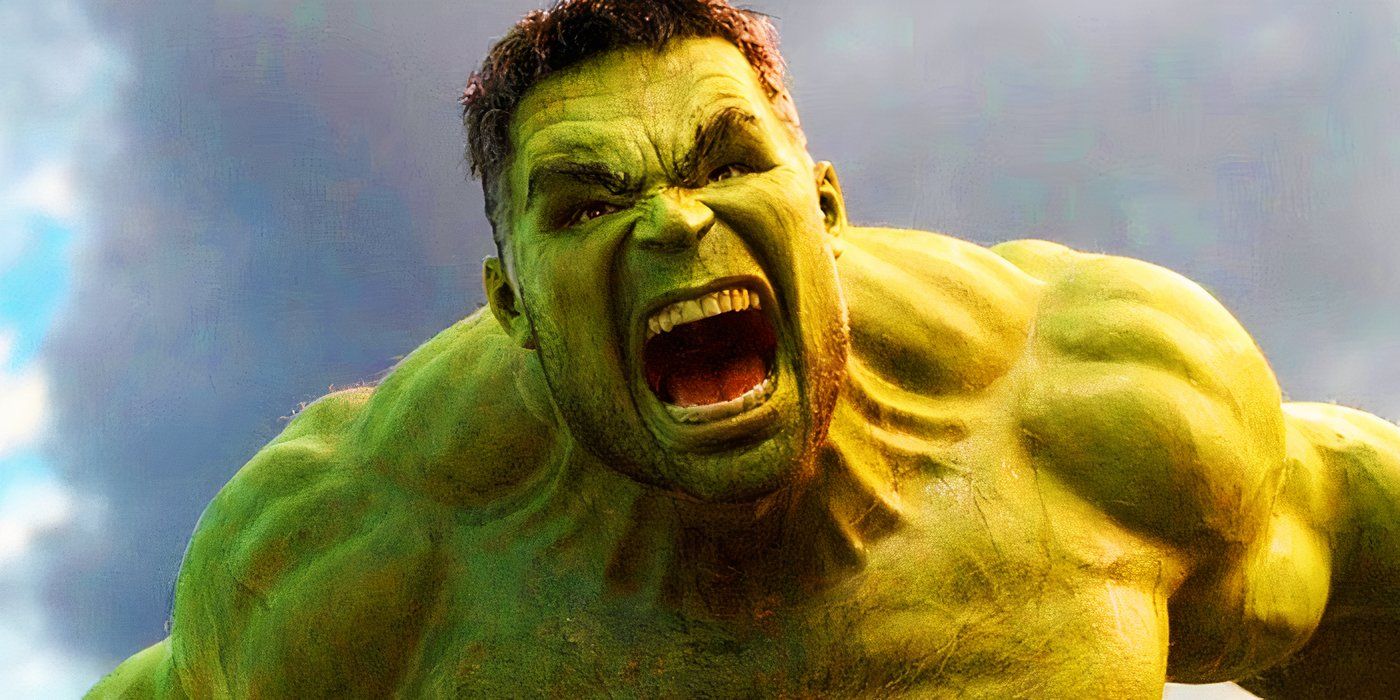
Related
10 Most Iconic Hulk-Outs In Marvel’s Entire Movie & TV History
Bruce Banner’s Hulk-outs have evolved notably throughout the years, from the glorious practical effects of the 1970s to the CGI spectacle today.
Though uncredited, the appearance was unmistakable – and felt like a love letter to the era’s TV legends. Ferrigno’s return as the Hulk in such a whimsical, non-superhero context underscored his strong association with the character, even years after The Incredible Hulk ended. For mid-’80s audiences, seeing the Hulk reappear in a fantastical Spielberg-produced sitcom was both nostalgic and strangely fitting, cementing Ferrigno’s Hulk as an enduring icon beyond comic book media.
2
Billy (1979)
Season 1, Episode 5 “Camping Trip”
One of the Hulk’s earliest and strangest cameos came during an episode of Billy, a little-remembered sitcom that aired in 1979. The show followed a teenager with an overactive imagination, and in one episode, his mental wanderings bring none other than the Hulk crashing through his front door. Played by Lou Ferrigno, this Hulk appearance had no connection to The Incredible Hulk TV series – it was simply a surreal metaphor for the boy’s volatile relationship with his father.
The moment was brief but memorable, with Ferrigno’s unmistakable green physique bursting into the scene in classic Hulk fashion. Sadly, Billy has been largely lost to time, with only limited footage surviving. Still, this cameo stands as an early example of Ferrigno’s Hulk stepping into other TV universes, proving just how popular and culturally pervasive the character had already become by the late 1970s.
1
The Fall Guy (1981)
Season 1, Episode 9 “License To Kill: Part 1”
In The Fall Guy, Lou Ferrigno played a fictionalized version of himself portraying the Hulk on a movie set – a hilarious, meta twist that merged reality and performance. The 1981 action-adventure series, which followed a stuntman moonlighting as a bounty hunter, often featured celebrity cameos and inside jokes about Hollywood. Ferrigno’s appearance came while filming a movie that starred Hulk, revealing Ferrigno in full green makeup.
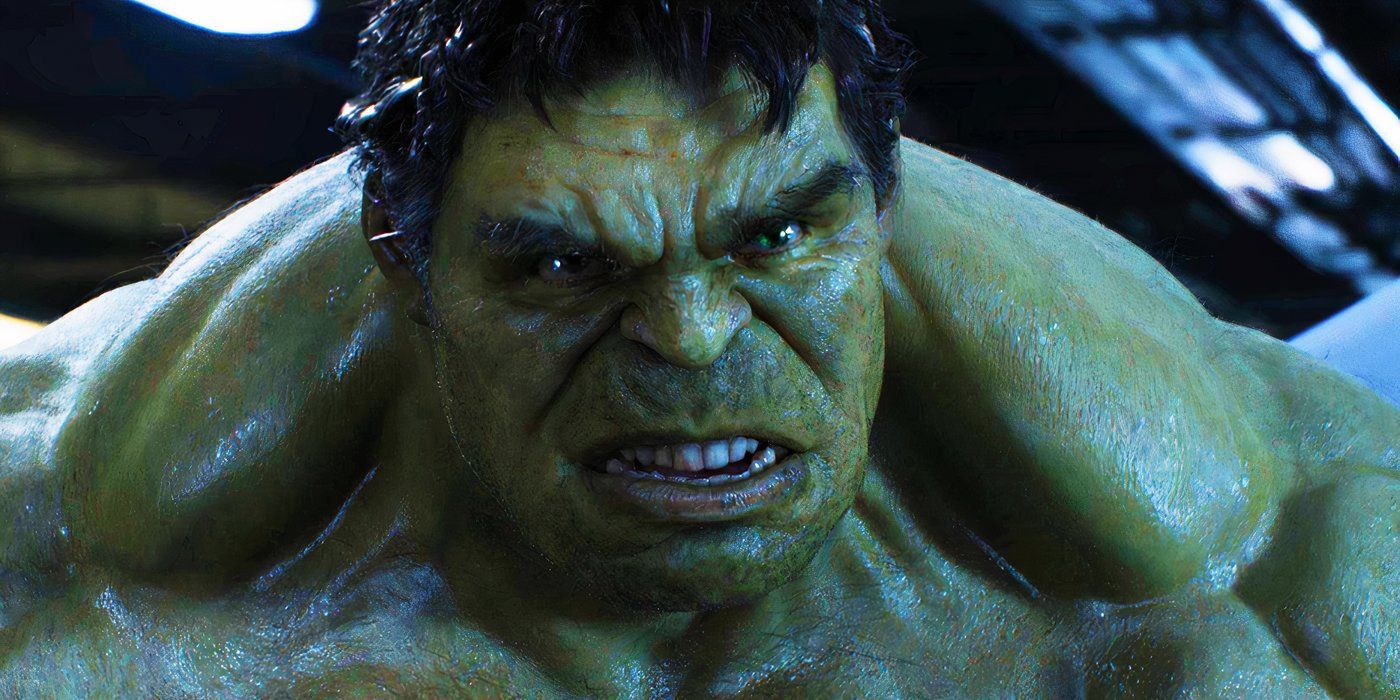
Related
10 Times Hulk Stole The Scene In The MCU
The Hulk has changed a lot throughout the Marvel Cinematic Universe. However, despite his evolution, he always manages to steal the scene.
Rather than a proper superhero cameo, this was a fourth-wall-breaking nod to Ferrigno’s fame and the logistical weirdness of playing the Hulk in real life. The show poked fun at stunt work, genre acting, and television’s obsession with larger-than-life characters. While brief, the cameo reminded viewers that Ferrigno wasn’t just an actor playing a superhero – he had become the Hulk in pop culture’s collective imagination.
{font-family:”Cambria Math”;
panose-1:2 4 5 3 5 4 6 3 2 4;
mso-font-charset:0;
mso-generic-font-family:roman;
mso-font-pitch:variable;
mso-font-signature:-536870145 1107305727 0 0 415 0;}@font-face
{font-family:Aptos;
panose-1:2 11 0 4 2 2 2 2 2 4;
mso-font-charset:0;
mso-generic-font-family:swiss;
mso-font-pitch:variable;
mso-font-signature:536871559 3 0 0 415 0;}p.MsoNormal, li.MsoNormal, div.MsoNormal
{mso-style-unhide:no;
mso-style-qformat:yes;
mso-style-parent:””;
margin:0cm;
mso-pagination:widow-orphan;
font-size:12.0pt;
font-family:”Times New Roman”,serif;
mso-fareast-font-family:”Times New Roman”;}p
{mso-style-priority:99;
mso-margin-top-alt:auto;
margin-right:0cm;
mso-margin-bottom-alt:auto;
margin-left:0cm;
mso-pagination:widow-orphan;
font-size:12.0pt;
font-family:”Times New Roman”,serif;
mso-fareast-font-family:”Times New Roman”;}.MsoChpDefault
{mso-style-type:export-only;
mso-default-props:yes;
font-family:”Aptos”,sans-serif;
mso-ascii-font-family:Aptos;
mso-ascii-theme-font:minor-latin;
mso-fareast-font-family:Aptos;
mso-fareast-theme-font:minor-latin;
mso-hansi-font-family:Aptos;
mso-hansi-theme-font:minor-latin;
mso-bidi-font-family:”Times New Roman”;
mso-bidi-theme-font:minor-bidi;
mso-fareast-language:EN-US;}.MsoPapDefault
{mso-style-type:export-only;
margin-bottom:8.0pt;
line-height:115%;}div.WordSection1
{page:WordSection1;}
